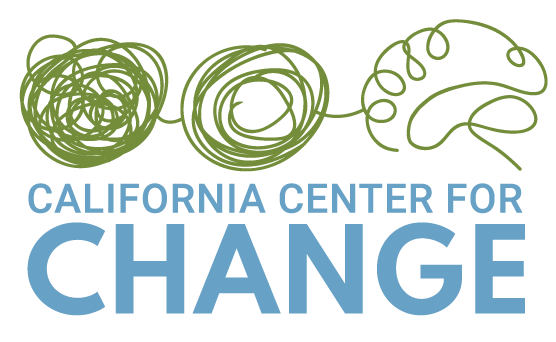The Neurocircuitry of Addiction
Drugs and compulsive behaviors have an impact on the reward center of the brain.
Addiction causes changes to brain structures that regulate pleasure, motivation, and decision making. Depending on the type of drug abused and the length of the abuse, these changes can be permanent. Other factors, such as pre-existing abnormalities in brain structure (like depression, schizophrenia, or ADHD) can also make the effects of drug misuse irreversible. The primary brain structures affected by drug use and compulsive behaviors are the ventral tegmental area (VTA), the nucleus accumbens, and the prefrontal cortex.
This is your brain
The VTA is the birthplace of dopamine, a chemical that signals the brain about pleasure. It is involved in cognition, motivation, intense feelings of love, addiction, and psychiatric disorders like schizophrenia and ADHD.
The nucleus accumbens (NA) is the reward and pleasure center of the brain. It sends the chemical messenger of pleasure, dopamine, to various areas of the brain, depending on the message. Permanent changes occur to this brain structure with repeated drug use. These changes explain drug tolerance (needing to take more drugs to feel high) and drug withdrawal (physical and psychological discomfort when drug use stops abruptly). The NA is also involved in fear, aggression, laughter, impulsivity, and learning.
The prefrontal cortex (PFC) is the part of the brain that separates us from other animals. It is involved in executive functioning, complex brain functions that include differentiating from good and bad or same and different, future consequences, predicting expectations based on actions, working towards a goal, and suppressing urges that might be deemed socially unacceptable. In the brain of addicted individuals, the PFC is thought to be involved in anticipation of the drug, motivation to seek out the drug, craving, automatic responses to emotions, and reduced self-control. Once a person becomes addicted, their attention narrows to focus on drug-related cues over all other reinforcers, impulsivity increases, and basic emotions become unregulated.
In the next installment, we’ll dive even deeper into the brain to look at the role drugs have in neurotransmission.
Photo credit: Lydia Kibiuk and BrainFacts.org


